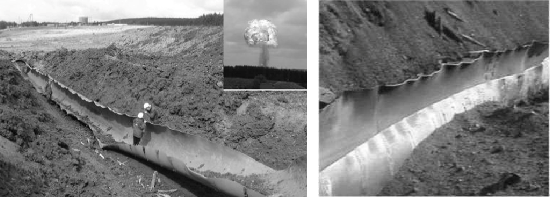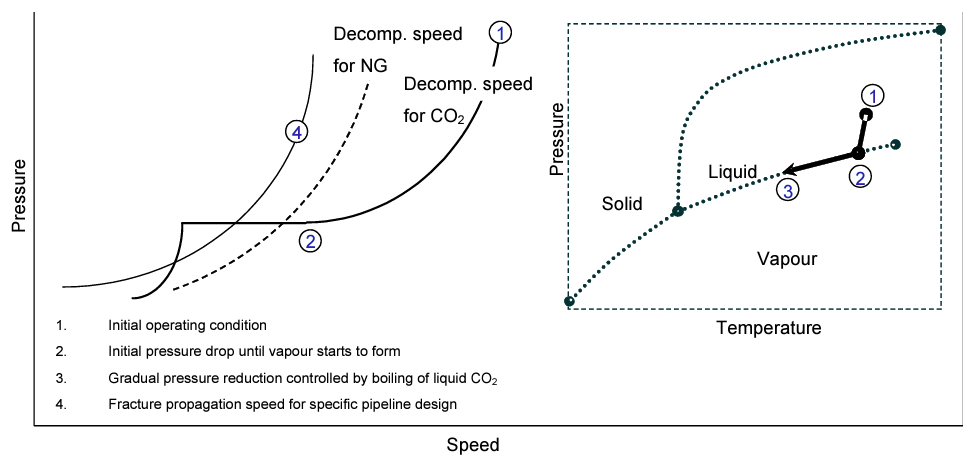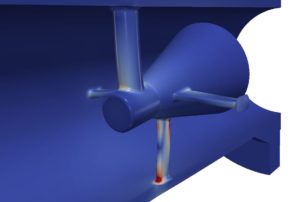Carbon Dioxide (CO2) has contributed to global warming more than any other climate driver. Carbon Capture and Storage (CCS) technique has been identified as a key method for achieving a significant reduction in CO2 emissions to the atmosphere
Today, CO2 is mainly transported in pipelines for industrial purposes, mainly from natural deposits and gas processing plants for enhanced oil recovery (EOR)
The efficiency of the process is subjected to being able to safely transport sufficient amounts of CO2 in reasonably large pipelines, i.e. the CO2 must be compressed to a liquid/dense state. But deployment of CO2 pipelines is not without risk. Accidental releases may cause damage to human and animal populations. CO2 is colourless and odourless, and therefore escapes easy detection. It is also an asphyxiant, which can lead to rapid loss of consciousness in humans if the exposure levels exceed 10%
The rupture of a high-pressure CO2 pipeline will be immediately followed by the initiation of a decompression wave inside the pipeline and an under-expanded jet flow exiting from the orifice into the ambient with very high momentum.
Fracture control of dense-pahse CO2 carrying pipelines
Prevention of failure due to fracture must be assessed for three primary mechanisms:
1. Ductile fracture initiation
2. Ductile fracture propagation
3. Brittle fracture initiation
The potential modes of failure for pipelines transporting dense phase CO2 may include rupture as a running crack in brittle fracture mode, rupture as a ductile tear, a hole, a pinhole, a crack, dent or gouge and loss of wall thickness due to corrosion (either internal or external).
Consequently, appropriate technical and management actions are required to minimise the potential for catastrophic failure.

The fracture control of pipelines transporting dense phase CO2 depends on the pipeline steel capability to adequately resist both brittle and ductile failure mechanisms.
The objectives of fracture control are:
1. Ensure that brittle fracture will not occur under specified conditions of stress and temperature.
2. Ensure that in the event of damage to the pipeline and resulting fracture will be ductile in nature and will be arrested within a given distance in either direction from the point of initiation

The avoidance of fracture initiation is ensured through the correct specification of pipeline materials and verification through testing during the design and procurement process. Essentially, fracture initiation should not occur under any design and operating condition.
Prevention of ductile fracture propagation is achieved by specification of material toughness requirements aimed at arresting a running fracture or the application of mechanical crack arrestors. However, the use of mechanical crack arrestors, which are thicker than the pipeline, at regular intervals, is not recommended due to cost and fabrication implications for the pipeline system design.
A good understanding of all the phenomena involved and the standards to be met is mandatory to correctly perform the CO2 pipelines risk assessment.
Sdea_Engineering Solutions has the expertise to aid and support any agent in the oil industry and specifically in the CCS value chain. Contact us to know more, we will be glad to help.




